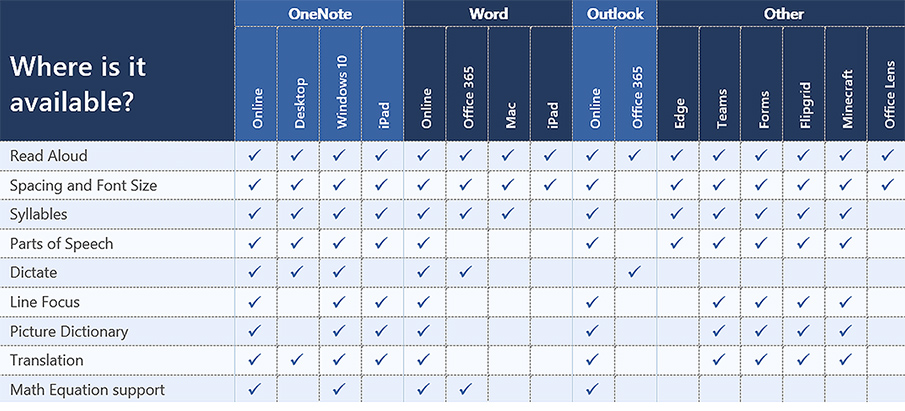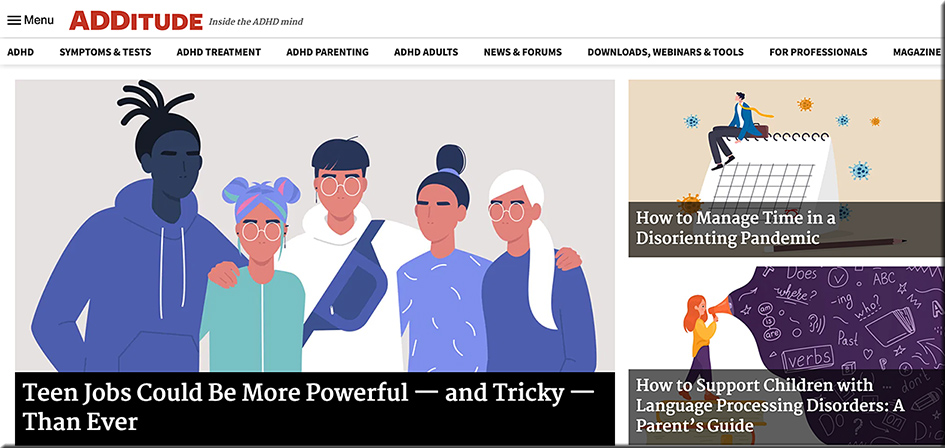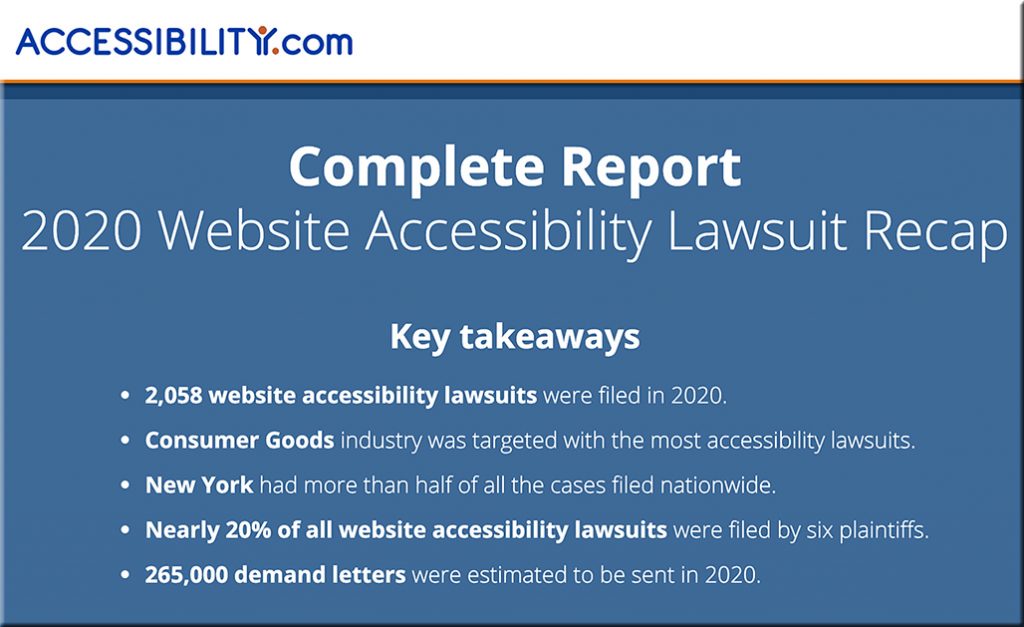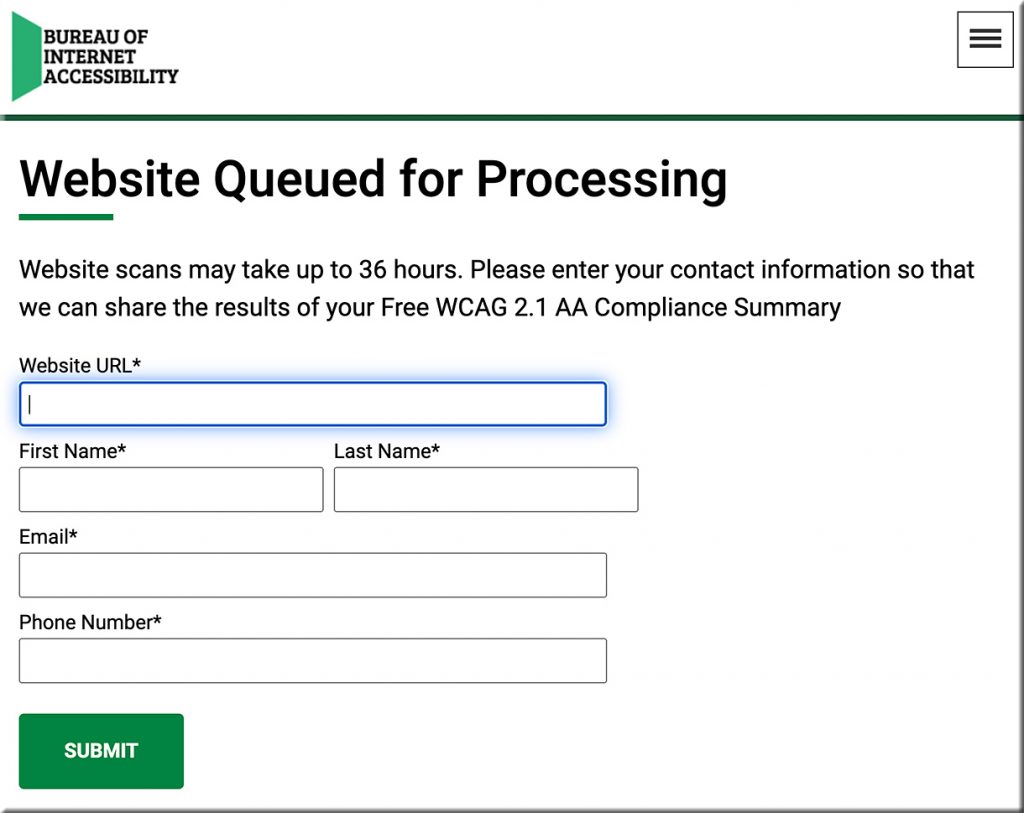Personalized Learning Is Special Education and the Time Is Now — from gettingsmart.com by Karla Phillips-Krivickas and Rebecca Midles
Excerpt (emphasis DSC):
Educators have long recognized that the education strategies that work for students with additional needs would benefit all kids. These personalized learning strategies are, in fact, best practices for all students. Yet we continue to design our schools for the ‘average’ student. And then we wonder why there is so much frustration when we try to fit the proverbial square pegs into round holes.
You may assume the line between general and special education is clear, but it is quite blurry. Special education was never intended to be a separate system. It was designed to facilitate access to general education. Unfortunately, disability labels can now act as fuzzy barriers separating those who qualify for individualized instruction and those who do not. And this is the problem: the one size fits all approach to education doesn’t account for students’ differences or preferences unless they have a disability.
From DSC:
Exactly the experience our family has had as well. The K-12 education train stops for no one and moves quickly. To *^*^ with mastery. To *^*^ with the love of learning — or even the slightest liking of it.

Let us not come out of this crisis with the same systems and ways of doing things. Time for greater innovation, experimentation, and invention to take place!

















